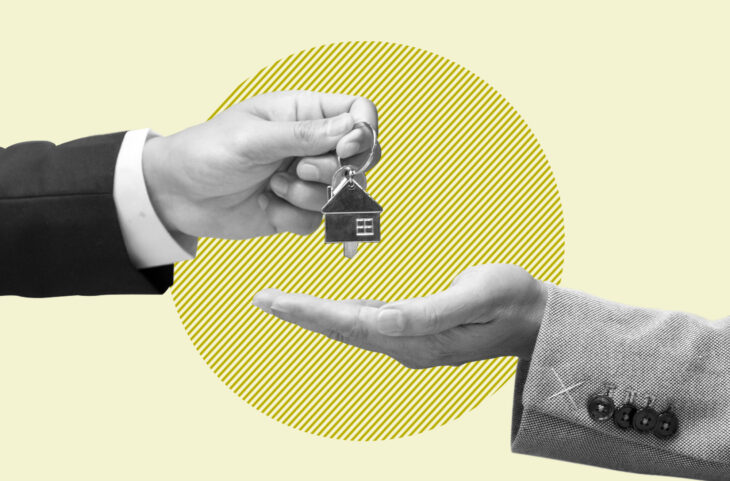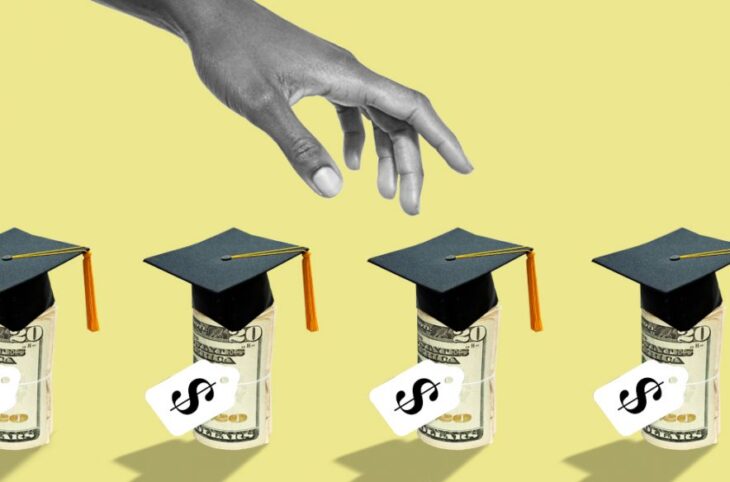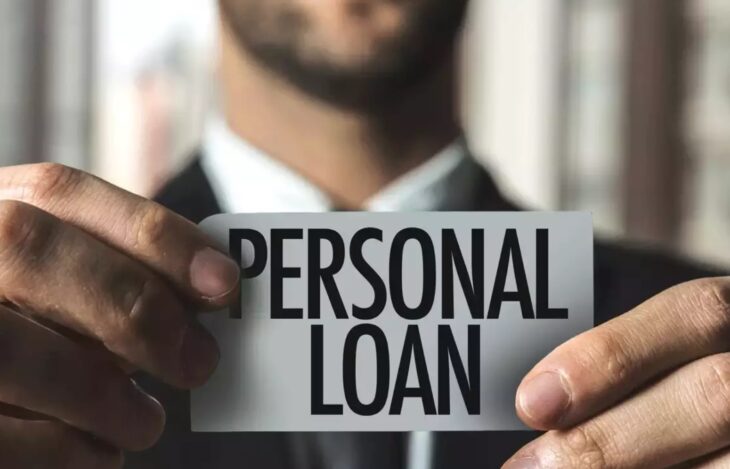Loans are an important part of personal finance, but they can be overwhelming and confusing. Before getting into one that might be a significant financial burden, you should explore some of the options.
Below, we break down some of the most common types of loans you might find yourself applying for and what to know about each.
Contents
1. Secured vs. Unsecured Loans

Source: axisbank.com
Before going into the specifics of the types of loans you might apply for, there are two general categories any one of them can fall into.
With a secured loan, you have to use collateral, and you don’t need collateral with an unsecured loan.
An asset protects a secured loan. Home and auto loans are secured because the asset you’re buying is the collateral. The lender will hold your title or deed until you pay your loan back. Secured loans can also include home equity lines of credit and loans.
If you can’t repay a secured loan, the collateral is sold to repay it.
An unsecured loan is riskier for the lender because there’s the protection of an asset if you default.
Unsecured loans include credit cards, personal loans, and student loans.
2. Car Loans

Source: marinerfinance.com
Since we already briefly mentioned car loans, we’ll start there.
The average cost of a new car is upwards of $35,000, so there’s a high likelihood you’ll need an auto loan at some point.
A car loan can be used to buy a vehicle, whether it’s actually new or used.
You pay back a car loan to your lender in monthly installments. Your monthly installment payments are based on the amount of your loan, your loan term, and the interest you’re going to pay through the life of the loan. One more option that you should consider is selling your old car. To do it quickly, there are many cars for cash companies and according to cashforcarslosangeles.com transactions are usually done the same day.
If you get longer terms on a loan, such as 60 months or 72 months, your monthly payment will be lower. However, you’ll usually pay more over the life of the loan because of interest. You could also find yourself in a situation where you owe more on the car than what it’s worth.
There are two general issuers of car loans. You can get direct lending or dealership financing.
With direct lending, you go through a bank, credit union, or similar financial institution. You can shop around for the best terms and you may be able to get preapproved before you start looking for a vehicle.
Another option is dealership financing.
In this scenario, you go through the dealership’s finance department, where you’re buying the car.
3. Mortgages

Source: time.com
Your mortgage will probably be the biggest loan you ever take out and the most long-term. A mortgage is a way to finance the purchase of a home.
Your home is the collateral. If you don’t repay your mortgage, the bank or lender can foreclose on your property.
Every month when you pay a mortgage payment, there are four “buckets” you’re paying.
The first is the principal. This is the amount of your loan balance you’re paying down every time you make payment. The interest is what your lender charges you monthly. You pay taxes with each payment as well. You pay 1/12th of your annual property tax bill each month.
You also have to pay for insurance.
When you first get a home loan, the interest makes up a big part of the payment overall. As time goes by, you pay more principal than interest until you pay your loan off.
A lender will give you what’s known as an amortization schedule. This is a table with a breakdown of all of your payments. You’ll see how much principal you’re paying compared to interest, and you can see how much your balance declines over time.
To qualify for a mortgage, a lender will look at a variety of factors including your credit score and debt-to-income ratio. Lenders also look at your income, your down payment, and your assets that you could convert to cash if you needed to make payments in a difficult financial situation.
4. Student Loans

Source: time.com
When someone needs money to pay for higher education, they may take out student loans.
Student loans are available through the U.S. government. These are federal student loans. There are also private student loans from banks, credit unions, and traditional financial institutions.
Federal loans tend to be less expensive than private options, and students can borrow money without a cosigner. Sometimes federal loans can be forgiven if you meet certain criteria, like working in a profession such as teaching or public service.
There are four types of federal loans.
A Subsidized Stafford Loan is for undergraduate students who have financial need. Unsubsidized Staff Loans are available to undergraduate and graduate students, regardless of need.
Grad PLUS and Parent PLUS loans are for graduate students and parents of dependent undergraduates. Interest begins accruing when the loan is disbursed.
The fourth type is the consolidation loan. You can use a consolidation loan to combine multiple federal loans into one and retain the benefits of federal loans.
With private student loans, interest rates may be fixed or variable. The student borrower usually needs a cosigner, and interest isn’t subsidized, so it begins to accrue as soon as you borrow the money.
5. Home Equity Loans

Source: investopedia.com
Home equity loans are also known as a second mortgage or an equity loan. You can borrow against the equity you have in your home. You qualify for a loan amount based on the difference between the current market value of your home and the mortgage balance due.
The equity you’ve built in your home is your collateral.
The amount you can borrow is partially based on what’s called the combined loan-to-value ratio of 80-90% of the appraised value of your home. Your loan amount and interest rate are also based on your payment history and credit score.
A home equity loan has a set repayment term. If you’re unable to meet your obligations, your home could be seized.
Some people use home equity loans for home renovations to increase their value.
There’s a similar type of consumer loan product called a home equity line of credit or HELOC.
A traditional home equity loan is a lump-sum payment. You receive the funding and repay it throughout a set period at a certain interest rate. The period is usually five to 15 years. The payment and your interest rate are the same for the loan duration. If you sell your home, you have to repay the loan in full.
A HELOC taps into your equity but you use it differently. HELOCs are a revolving credit line like a credit card. You use what you need, repay it and then you can draw from it again.
6. Personal Loans

Source: economictimes.indiatimes.com
Personal loans are a broad category of lending products that can help you make large purchases or maybe consolidate higher-interest debts you have. A personal loan may have a lower interest rate than a credit card. You could use a personal loan to combine your high-interest credit card balances into a simpler, lower-cost monthly payment.
A personal loan is when you ask to borrow a certain amount of money from a financial institution.
Unlike a mortgage or car loan, you can use personal loans for any number of reasons. You might use personal loans for medical expenses, to buy a major household item, or, as mentioned, to consolidate existing debt.
With a personal loan, you pay it back in fixed-amount installments over a certain period of time.
You go through an application process similar to other types of loans.
Personal loan lengths can range from 12 to 60 months. Sometimes terms are as long as 84 months. The APR can vary widely, and maximum loan amounts may be as large as $100,000.
7. Credit-Builder Loans

Source: thecreditreview.com
Finally, another important loan category to be aware of is a credit-builder loan.
A credit-builder loan tends to be offered by non-traditional and smaller financial institutions, like online banks or credit unions. If you get approved, the money you borrow is kept in a bank account.
You make payments, and you usually can’t access the funds in the account until you fully repay the loan.
There are a couple of benefits here. First, you’re building your credit by showing a history of on-time payments.
The second benefit is that you’re also building your savings.
For a lender they’re protecting themselves from the risk of lending to someone with no credit history or a bad score.
Your loan payments with a credit-builder loan are reported to at least one major credit bureau.
At the end of the loan term, you get the money and hopefully a better credit score too.
You could then use that money to strengthen your financial future by turning it into an emergency fund.
A similar option is a secured credit card. You pay an upfront deposit, and you build credit over time.
